The main result of evolution is the improvement of the adaptability of organisms to living conditions.
There are not many people left in the world who continue to believe in the biblical story about the creation of all life on our planet. Everyone is familiar with. Numerous evidence of the development of all life on Earth leaves no doubt about the origin of changes in the world around us. Who is Charles Darwin, even younger students know. But when it comes to what is the result of evolution, there is no clear answer.
Academic Foundations
Let's start, in fact, with the definition of the concept, the word is derived from the Latin evolutio, which literally means "deployment". The process of evolution is often depicted in this way - in the form of an unfolding spiral. In biology, this concept means the irreversible process of development of the organic world in all aspects of its manifestation. The result of evolution is the diversity of the organic world and the improvement of the adaptability of organisms to environmental conditions.
Darwinism as the basis of the doctrine of evolution
The founder of the doctrine - Charles Darwin (1809-1882) - formulated the following principles of evolutionary doctrine:
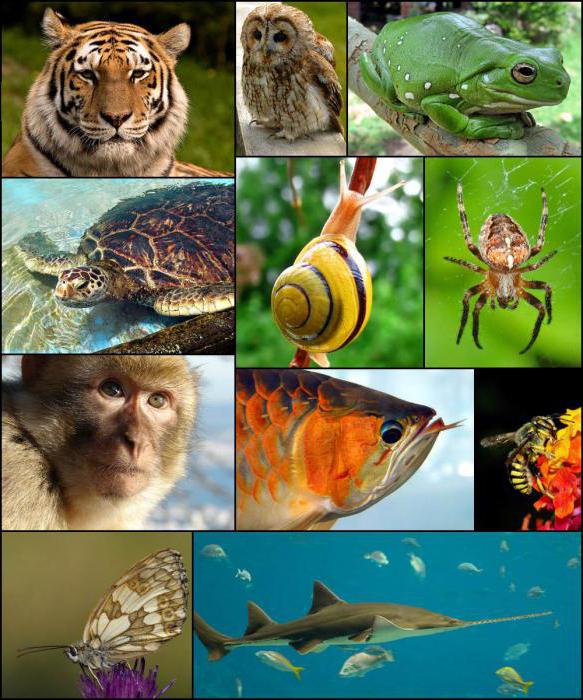
Diversity as a consequence
Since the results of evolution, according to Darwin, is the fitness of the organism, as a result of the action of natural selection, individuals with the most useful qualities for survival survive and prosper. Natural selection is the "creative" mechanism of evolution. The result is the appearance of new traits that increase the chances of an individual to leave fertile offspring and pass on these traits to him.
The material of evolution
If the result of evolution is fitness and diversity of species, then mutations and combinative variability within the genome serve as the material for it. It is mutations that cause the appearance of new traits that natural selection will creatively evaluate for suitability and necessity in the specific living conditions of the species. Genetic variability and fluctuations in the number of individuals in populations (population or life waves) provide material for turning on the mechanisms of the struggle for existence and survival of the fittest.
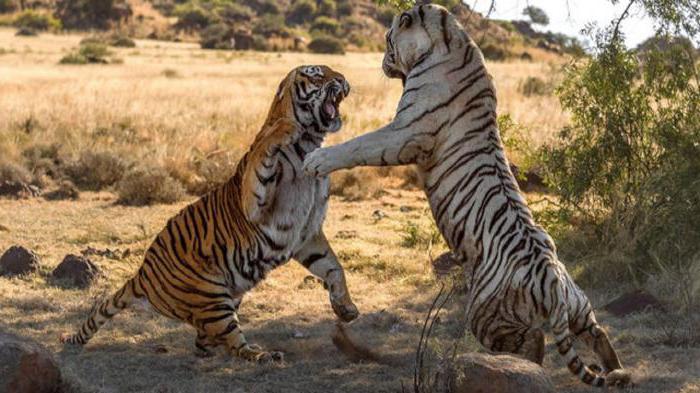
"Creative" directions
The struggle for existence as a consequence of natural selection leads to the fact that the result of evolution is the emergence of new species from the progenitor ones. And natural selection can go in three directions:
- Driving - occurs with changes in the environment, and then the result of evolution is a shift in the average values of the trait in the direction of its increase or decrease.
- Stabilization - in this way the evolution of the species will go under unchanging environmental conditions. With this type of selection, the optimal norm is preserved, and all extreme manifestations of the trait are eliminated from the population.
- Population-severing selection begins with abrupt changes in the environment. Then the majority of the population with normal traits dies abruptly, and the carriers of extreme trait indicators turn out to be the most adapted to the changed conditions.

Genetic or reproductive isolation
No matter how evolution proceeds, the main condition for the formation of new species is reproductive isolation - the impossibility of free crossing of individuals for panmictic species (sexually reproducing). It is worth saying that the achievement of reproductive isolation in nature goes in two ways: allopatric is achieved by geographical separation of populations) and sympatric (isolation occurs in the same area with the maternal species). In any case, as soon as a regime of impossibility of free interbreeding is established between populations, it can be said that the result of the evolution of the organic world is the formation of a new species, and this process is completed.
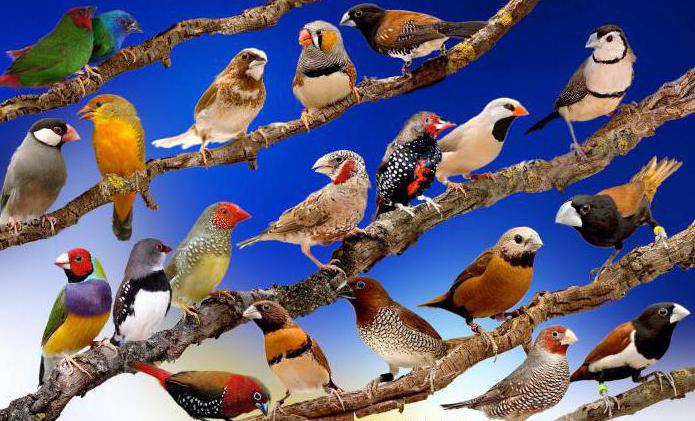
Examples of Successful Animal Adaptation
Once trait changes appear in the genome, they are tested by natural selection. The most successful are fixed morphologically and become adaptive. There are many examples in nature. Successful morphological adaptations include protective and warning coloration, means of camouflage and passive protection. for example, the white plumage of a partridge in winter makes the animals invisible against the background of the environment. Those organisms that have in their arsenal chemical defenses against enemies have a warning coloration. For example, the red-black color of poisonous poison dart frogs or yellow-black in poisonous salamanders. Disguise as a defense against enemies can be truly passive (the body shape of a stick insect really resembles a stick) or imitative (for example, the belly of a glass butterfly is very similar to the belly of wasps, so the birds do not touch it).
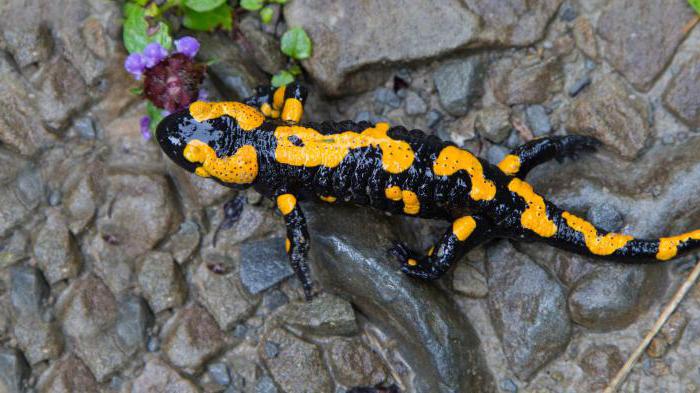
Relativity of evolutionary fitness
All evolutionary scientists agree that the nature of fitness is relative. There are no absolutely useful signs, just as there are no absolutely useless ones. All devices are developed in specific environmental conditions and, if changed, may be useless or even harmful. Defense against one enemy may be useless against another (stinging wasps and hornets are not eaten by most birds, but flycatchers and bee-eaters eat mostly them). Behavioral features may be meaningless (for example, the maternal instinct that causes a starling to feed a cuckoo). And a useful organ or skill in other conditions becomes a burden (for example, a flying fish jumps out of the water and escapes from aquatic predators, but becomes the prey of an albatross).
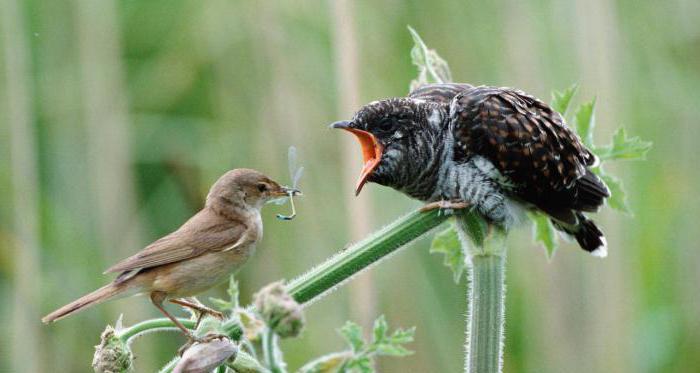
Summarizing
About 7.5 million animal species, about 300 thousand plant species and 600 mushroom species, add 36 thousand species of unicellular organisms - all this diversity is the main result of the evolution of life on planet Earth. And all of them are perfectly adapted to the conditions of their habitat. For 3.7 million years of the existence of life on the planet, living organisms have constantly evolved and adapted to environmental conditions, and this process continues today.
